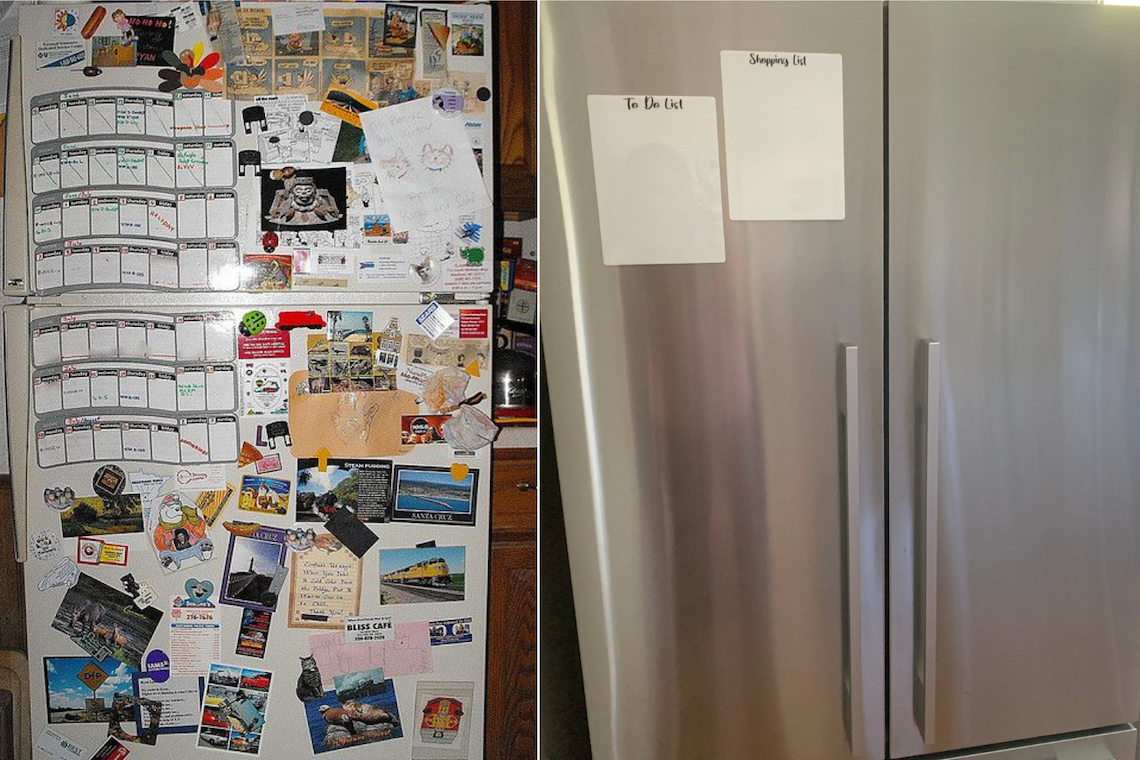Like most families, our fridge is the focal point of keeping us organised. Its door contains a calendar, emergency numbers, the shopping list and the ‘To-do’ list.
In very basic terms it is a ‘management system’ – it is something that tells us what needs to be done, by whom & by when, and can be used by an 8 year old.
It is underpinned by an informal process – if you need to be somewhere it goes on the calendar and if you finish the milk you write it on the shopping list.
Workplaces, however, are more complex – the risks and the consequences are more significant than running out of milk and there is a need to have a documented system in place to:
- ensure that everyone knows what the processes are, and
- to encourage operational efficiency (making sure that a key step is not forgotten) & to reflect legislative compliance (or ‘good or best practice’) as well as retain the organisation knowledge, and
- when related to Safety, prevent injury and harm to people.
But why have we over-complicated basic simple processes and let our management systems snowball into unmanageable beasts with hundreds of pages?
Organisations, nation-wide have these beast-like management systems in place. Some may be the result of the organisation’s self-imposed document management rules and formats, while others are laden with ‘cut & paste’ from Codes of practice. It should be acknowledged that some are sharply written and maintained, but others are dusty and written in Times New Roman font that says to any auditor ‘look at me, I’m old’. They have pages upon pages of detail and some of it is only read by auditors when they come through every couple of years.
So how do we look these beast-like systems in the eyes and trim them down to a more manageable size?
Developing (or re-developing) a management system needs to start with some research, by observing work being undertaken, and talking to the workforce to gain an understanding of what they think of the procedures. Ask them for their insights as to whether they think the procedures add value for either themselves or for new starters.
The outcomes of this research will shape where and how the Management system may be able to be trimmed, but the secret to making this work is the initial and ongoing consultation.
In most cases, procedures need to address the ‘what’ and ‘how’ as opposed to over-emphasising the ‘why.’ When you tell people, in a succinct manner, what to do and how to do it, there is a good chance they will do it.
QRMC’s consultants have reviewed hundreds of management systems and we have a good idea of what type of system may be better suited to a specific work environment. We are happy to run an objective eye over your system and provide our professional thoughts to consider, along with the consultation and feedback from the workforce, as part of a Management System review process.
Please contact QRMC for information or assistance.









